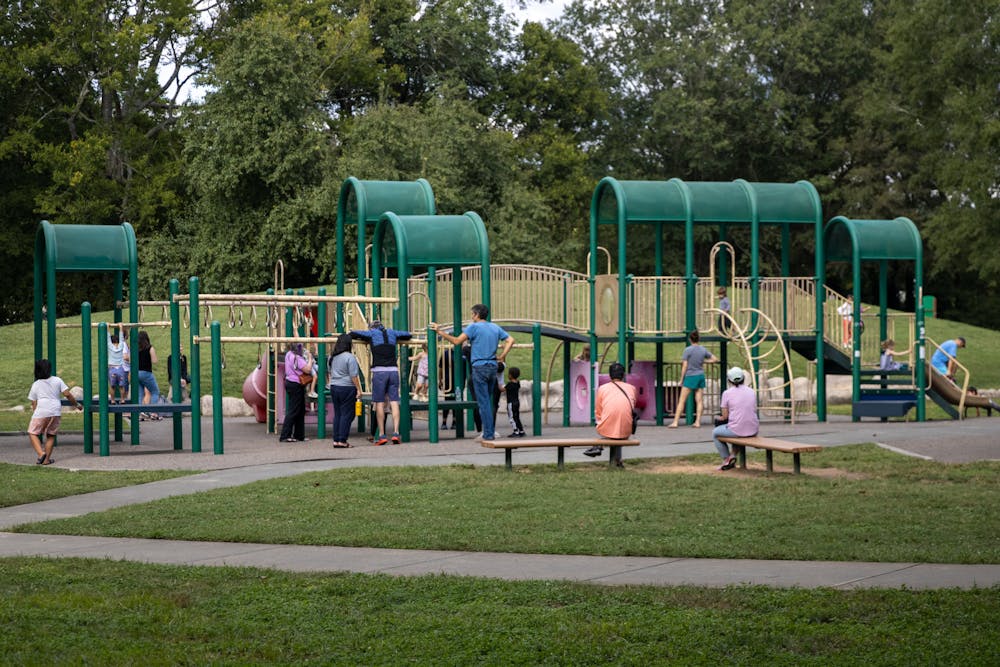The North Carolina Museum of Natural Sciences is hosting its annual Take a Child Outside Week from Sept. 24 to 30. The week aims to break down barriers that keep children from exploring nature and provides opportunities for children and families to interact with the natural world.
Take a Child Outside was founded as a website in 2007. It was inspired by author Richard Louv’s 2005 book "Last Child in the Woods," which calls attention to youth spending less time outdoors than previous generations.
“[Louv] started collecting stories and sharing out and speaking — and that inspired Liz Baird, who was at the museum at the time, to start the Take a Child Outside initiative as a way of encouraging and supporting adults to help get kids outside,” Take a Child Outside Coordinator Beth Cranford, said.
The initiative works with a group of more than 150 partners nationwide and is designed to highlight places — like the Museum of Natural Sciences — that invite adults to bring children outdoors and provide activities that do not require extensive time or equipment.
Cranford said Take a Child Outside is promoted year-round through the website, but the organization makes a big push for engagement Sept. 24 through 30.
Research done by groups like the Children & Nature Network found that time spent outdoors can have positive effects on children's physical, mental and social well-being.
“There's really a host of ways that natural environments could benefit kids, but I do think the biggest one that has been the most studied is the idea of stress reduction and attention restoration,” Nissa Towe-Goodman, a research scientist at UNC’s Frank Porter Graham Child Development Institute, said.
Jennifer Warren, a fifth-grade math and science teacher at Hillsborough Elementary School, said she thinks increased access to technology may be why young people interact with the outdoors less than in the past.
“I think kids are more apt to jump on their iPads or play games online, as opposed to going outside and just climbing a tree or digging in the dirt to see what they can find or build forts — just being in the space outdoors,” Warren said.



